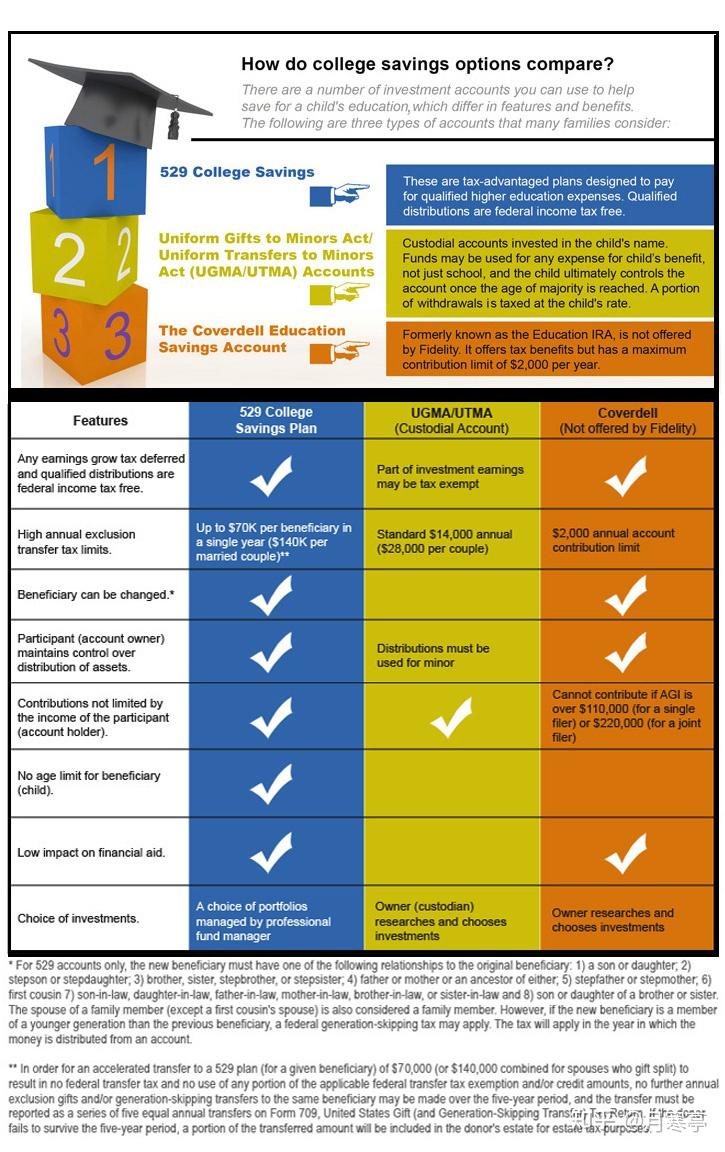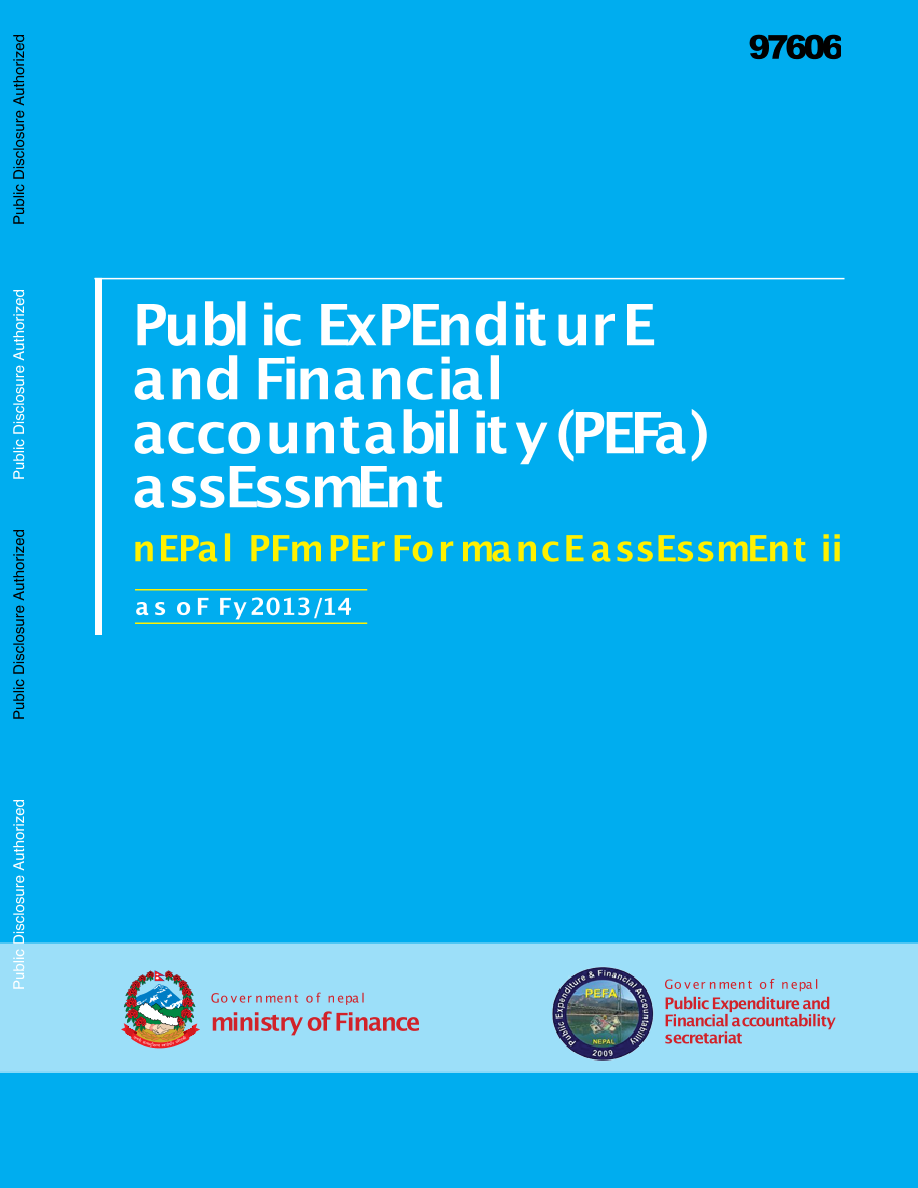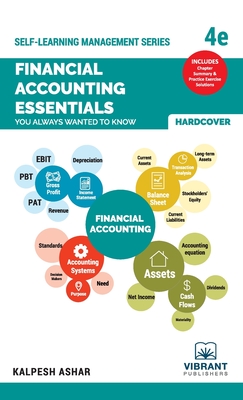Understanding Student Loan FAFSA: Your Comprehensive Guide to Financial Aid
#### What is Student Loan FAFSA?The Student Loan FAFSA, or Free Application for Federal Student Aid, is a crucial form that students in the United States mu……
#### What is Student Loan FAFSA?
The Student Loan FAFSA, or Free Application for Federal Student Aid, is a crucial form that students in the United States must complete to apply for federal financial aid for college. This application serves as the gateway to various forms of financial assistance, including grants, scholarships, and federal student loans. The FAFSA is designed to assess a student's financial need based on their family's income and assets, ultimately determining their eligibility for aid.
#### Why is FAFSA Important?
Completing the FAFSA is essential for any student seeking financial assistance for higher education. It opens doors to federal and state grants, which do not need to be repaid, as well as federal student loans that come with lower interest rates and flexible repayment options. Many colleges and universities also use FAFSA data to award their own institutional aid, making it a critical step in the financial aid process. Without submitting the FAFSA, students may miss out on thousands of dollars in potential funding.
#### How to Complete the FAFSA
Filing the FAFSA can seem daunting, but it is a straightforward process if you follow these steps:
1. **Gather Necessary Documents**: Before starting the application, collect your Social Security number, tax returns, W-2 forms, and information about your family's finances. If you are a dependent student, you will also need your parents' financial information.

2. **Create an FSA ID**: An FSA ID is a username and password that allows you to access the FAFSA online. Both students and parents need to create their own FSA IDs.
3. **Fill Out the FAFSA Form**: You can complete the FAFSA online at the official FAFSA website. The form will ask for your personal information, financial information, and the schools you are interested in attending.
4. **Submit Your FAFSA**: After reviewing your information for accuracy, submit your FAFSA. You will receive a confirmation once it has been processed.
5. **Review Your Student Aid Report (SAR)**: After submitting your FAFSA, you will receive a Student Aid Report summarizing your information. Review it carefully to ensure everything is correct.
#### Common Mistakes to Avoid

When filling out the FAFSA, students often make common mistakes that can affect their financial aid eligibility:
- **Incorrect Social Security Number**: Ensure that your Social Security number is accurate, as any discrepancies can delay processing.
- **Not Using the Correct Tax Year**: Always use the tax information from the correct year, typically the year prior to the academic year for which you are applying.
- **Failing to Sign the Application**: Both students and parents must sign the FAFSA. An unsigned application will not be processed.
#### Deadlines and Renewal

It's crucial to be aware of FAFSA deadlines, which can vary by state and school. Generally, the FAFSA opens on October 1 each year, and many states have deadlines as early as February. Additionally, students must renew their FAFSA each year to remain eligible for financial aid.
#### Conclusion
Navigating the world of student loans and financial aid can be overwhelming, but understanding the Student Loan FAFSA is the first step toward securing the funding you need for your education. By completing the FAFSA accurately and on time, you can maximize your financial aid opportunities and focus on what truly matters: your academic success. Whether you are a first-time college student or returning for further education, the FAFSA is a vital tool in making your educational dreams a reality.